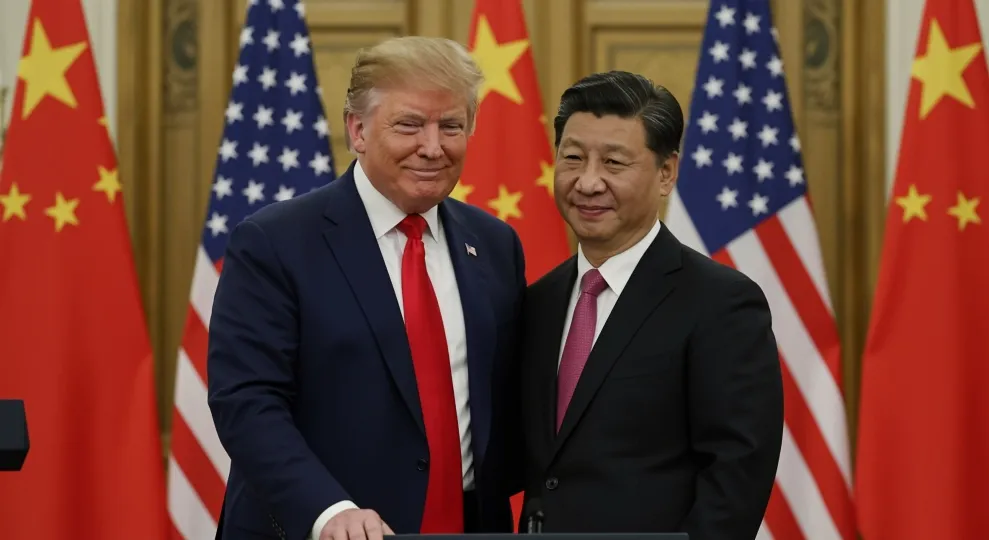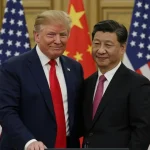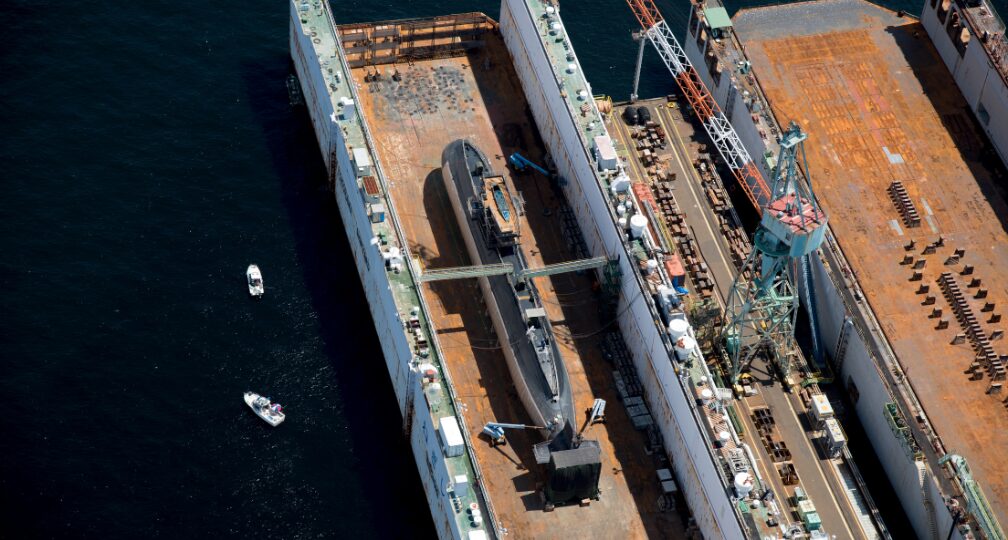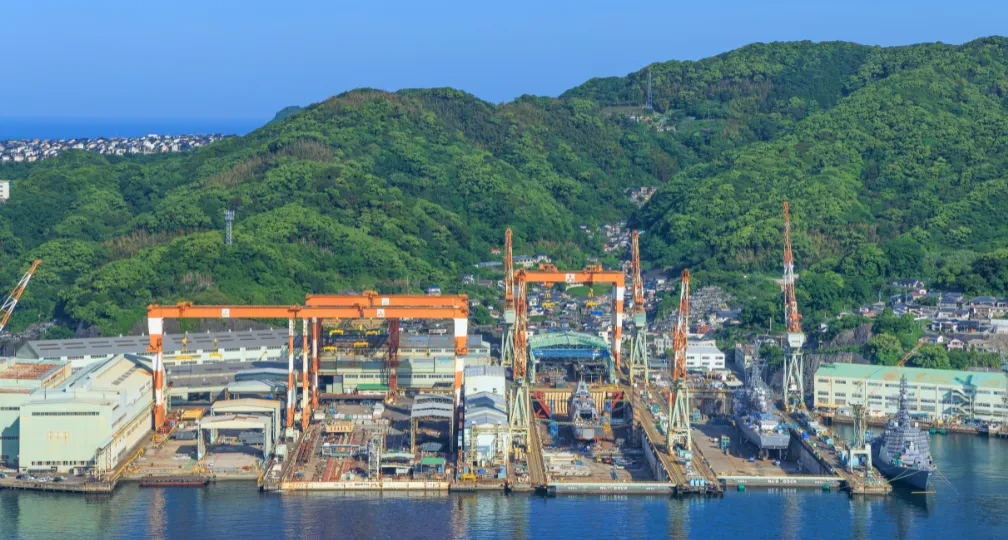U.S. Navy faces tough resource allocation challenges
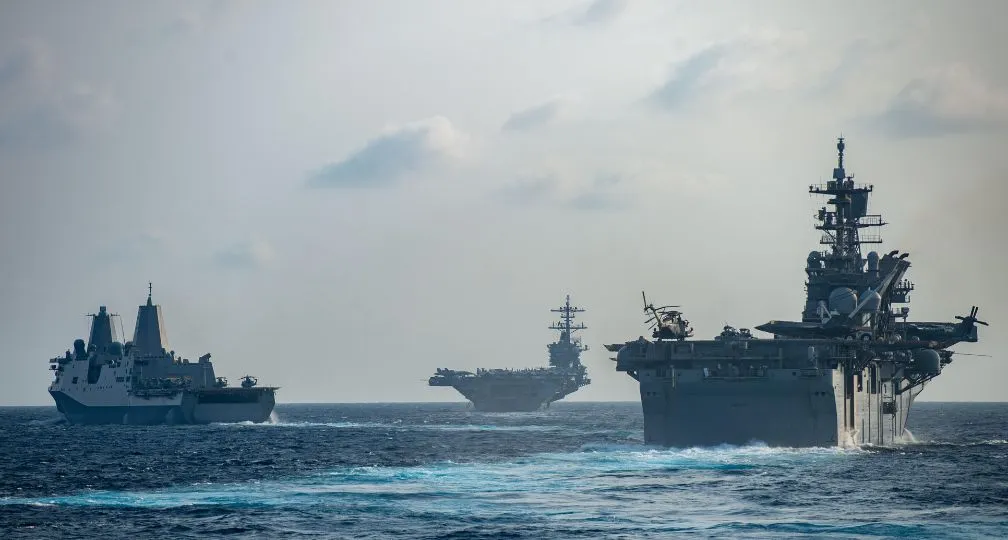
As global threats multiply, the United States Navy finds itself stretched thin across multiple regions. In Europe, it faces a drawn-out war in Ukraine. In the Middle East, it must respond to Israel’s conflict with Hamas while managing instability in Syria.
This means that, after deploying a carrier strike group to deter Russia in the European theater, the U.S. Navy must now operate with the Middle East crisis in mind, particularly in the Eastern Mediterranean. And in the Indo-Pacific, long-term strategic competition with China continues. Each theater demands attention, resources and a naval presence.
At the heart of the United States’ problem and planning dilemma is a growing mismatch between strategic ambition and naval capability. China is rapidly expanding its fleet and nuclear forces, challenging American dominance in the key maritime domain. Meanwhile, the U.S. Navy has to modernize aging submarines, keep pace with new missile threats and maintain a credible nuclear deterrent — all while struggling with delays, rising costs and labor shortages.
And as the global security environment grows increasingly unstable, a very pressing issue lies in the future development and procurement of naval assets, as well as the strategic framework guiding these efforts.
Since the Cold War, the U.S. Navy has had to allocate resources across multiple key missions and a 1974 paper outlined its four principal roles: sea control, naval presence, projection of power and strategic deterrence. Given the U.S. Forces’ forward presence and global operation, these core missions remain largely unchanged half a century on.
However, as multipolarity emerges and relative American power declines, the dilemmas surrounding future naval development and procurement have grown even more acute compared to the start of this century.
China’s expanding sea power
In recent years, the Chinese navy has been gaining localized military superiority in Northeast Asia through a strategy known as anti-access/area denial (A2/AD). This is aimed at restricting U.S. military operations and hindering the projection of power. But Beijing’s maritime military strategy isn’t limited to A2/AD as it also focuses on enhancing blue-water operational capabilities.
China’s active aircraft carriers, Liaoning and Shandong, aren’t equipped with catapult launch systems. Due to the limited combat radius and payload capacity of China’s carrier-based aircraft, it lacks large-scale land-attack capabilities and cannot operate large airborne early warning aircraft. However, the Fujian, currently being trialed, and a new type of amphibious assault ship are both equipped with electromagnetic catapults.
If these assets achieve performance comparable to their U.S. Navy counterparts, China may acquire sea control and power projection capabilities on par with American carrier strike groups.
In addition, the rapid expansion of the quality and quantity of China’s strategic rocket force has made the modernization and expansion of U.S. nuclear options a critical issue.
Since the end of the Cold War, U.S. nuclear forces have been structured around the so-called nuclear triad, which consists of intercontinental ballistic missiles such as the Minuteman ICBM, submarine-launched ballistic missiles, including Trident SLBM, and nuclear-capable cruise missiles carried by strategic bombers such as the B-2 and B-52.
Following the retirement of the tactical nuclear Tomahawk missile in 2010, U.S. nonstrategic nuclear weapons have been reduced to a small number of low-yield nuclear Trident missiles and B-61 gravity bombs.
Compared to Russia, NATO countries hold overwhelming superiority in conventional forces. If Moscow were to resort to the limited use of tactical nuclear weapons in Ukraine, NATO possesses a strong deterrent as it could retaliate intensively with conventional forces. But this doesn’t apply to China, which seeks localized superiority through conventional forces.
Therefore, for Washington to fill the gaps in the escalation ladder and ensure strategic stability and deterrence, it must prepare options that can counter both China’s strategic nuclear threats and nonstrategic nuclear capabilities.
Vital U.S. naval capabilities
Given this evolving threat landscape, the U.S. Navy must sustain and enhance three core capabilities while continuing to focus on conventional forces.
The first is to counter the A2/AD strategy and operate within the first island chain. Operating under enemy threat conditions requires high survivability and maneuverability — referred to as Inside Force operations. These missions rely on advanced stealth aircraft such as the F-35, attack submarines and various unmanned systems. The U.S. Navy’s distributed maritime operations concept prioritizes investments in these assets.
Second, sea control will also be essential. Traditional naval forces such as carrier strike groups and expeditionary strike groups remain indispensable. These self-contained units operate in contested environments beyond the reach of friendly land-based air and missile support, consisting of aircraft carriers, amphibious assault ships, escorting missile destroyers and cruisers and attack submarines performing forward reconnaissance.
While these formations are sometimes labeled legacy forces, their modernization in cyber, electromagnetic warfare and combat systems has significantly increased costs.
Third, strategic and nonstrategic nuclear capabilities must be enhanced to ensure a credible deterrent posture in both domains. In the nuclear domain, modernizing aging strategic assets is critical. The centerpiece is replacing Ohio-class with Columbia-class ballistic missile submarines (SSBNs). In addition, the U.S. must develop a platform to launch the new submarine-launched cruise missile-nuclear (SLCM-N), which is expected to reach initial operational capability by 2035.
Achieving all three objectives simultaneously and effectively is no easy task. The new assets will require substantial financial resources as they progress through development and testing. However, the availability of necessary funding and resources remains highly uncertain at this stage.
Due to a shortage of skilled labor, rising costs and supply chain instability, construction of the first Columbia-class SSBN, originally scheduled to enter service in 2027, is now delayed by 12 to 16 months. Similarly, Virginia-class (Block IV) attack submarines are now facing delays of up to 36 months. The situation is no better for surface ships — construction of the Enterprise nuclear-powered aircraft carrier, one of the Navy’s most critical assets, is expected to be delayed by 18 to 26 months and the overall construction rate of major surface combatants remains below required levels.
Another issue is the multimission problem. The latest Virginia-class attack submarines (Block V) are being equipped with a vertical launch system called Virginia Payload Module. A total of 20 such Virginia-class submarines are planned for construction, intended to compensate for the retirement of four Ohio-class guided-missile submarines. Furthermore, since these submarines are expected to eventually deploy the SLCM-N, they will serve not only as conventional power projection platforms but also as key assets for nonstrategic nuclear options.
Urgent challenges
Most peacetime U.S. naval operations rely on conventional forces, yet production delays threaten operational readiness. The increasing role of Virginia-class submarines in land-attack and nuclear missions may also undermine their primary roles in carrier escort and enemy SSBN tracking. These resource constraints present serious challenges not just for the Navy, but also for U.S. Strategic Command.
During his Senate confirmation hearing, U.S. Secretary of Defense Pete Hegseth prioritized nuclear force expansion, next-generation fighter development and restoring U.S. shipbuilding capacity as key national security objectives — particularly in pursuit of the Navy’s 355-ship fleet goal. However, reviving America’s aging shipbuilding infrastructure will take years.
In the near term, U.S. naval shortages are unlikely to be resolved. Figures within the American administration have long urged allies to increase defense budgets — not merely as a political demand, but due to these pressing constraints.
Over the long term, however, U.S.-Japan cooperation in shipbuilding could play a pivotal role in supplementing the United States’ capacity while deepening the alliance. This could also serve as a catalyst to revitalize Japan’s long-diminished naval shipbuilding ecosystem.
(Photo Credit: )
[Note] This article was posted to the Japan Times on May 19, 2025:
https://www.japantimes.co.jp/commentary/2025/05/19/world/us-navy-china-resource-challenges/
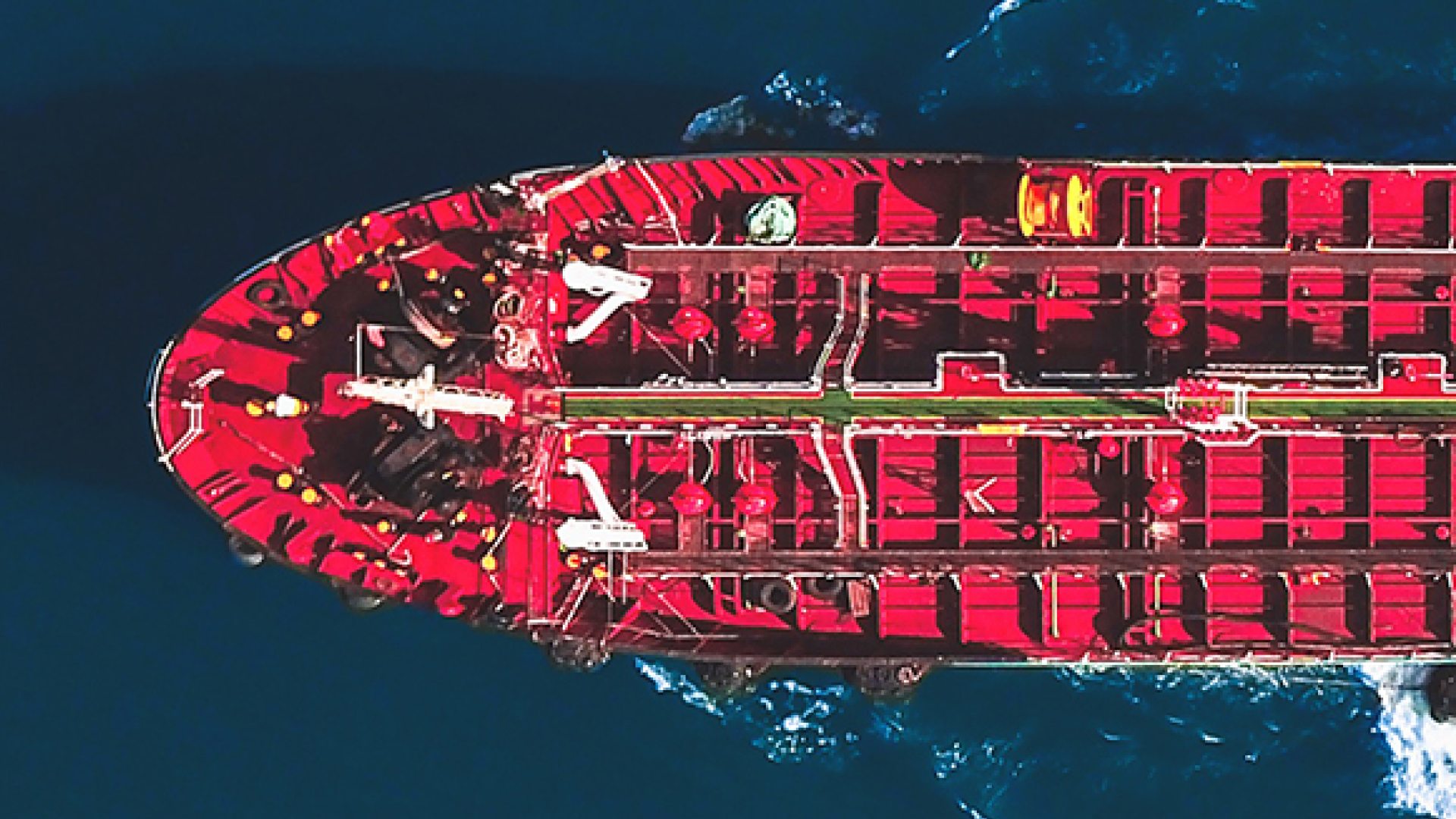
Geoeconomic Briefing
Geoeconomic Briefing is a series featuring researchers at the IOG focused on Japan’s challenges in that field. It also provides analyses of the state of the world and trade risks, as well as technological and industrial structures (Editor-in-chief: Dr. Kazuto Suzuki, Director, Institute of Geoeconomics (IOG); Professor, The University of Tokyo).
Disclaimer: The opinions expressed in Geoeconomic Briefing do not necessarily reflect those of the International House of Japan, Asia Pacific Initiative (API), the Institute of Geoeconomics (IOG) or any other organizations to which the author belongs.
 Can Takaichi Build on a Successful Summit?2025.10.31
Can Takaichi Build on a Successful Summit?2025.10.31 US-China Misperceptions in the Race for Strategic Autonomy2025.10.17
US-China Misperceptions in the Race for Strategic Autonomy2025.10.17 The Real Significance of Trump’s Asia Trip2025.11.14
The Real Significance of Trump’s Asia Trip2025.11.14 A Looming Crisis in U.S. Science and Technology: The Case of NASA’s Science Budget2025.10.08
A Looming Crisis in U.S. Science and Technology: The Case of NASA’s Science Budget2025.10.08 Event Report: Nuclear Weapons, Eighty Years After the War and the Atomic Bombings2025.09.25
Event Report: Nuclear Weapons, Eighty Years After the War and the Atomic Bombings2025.09.25




